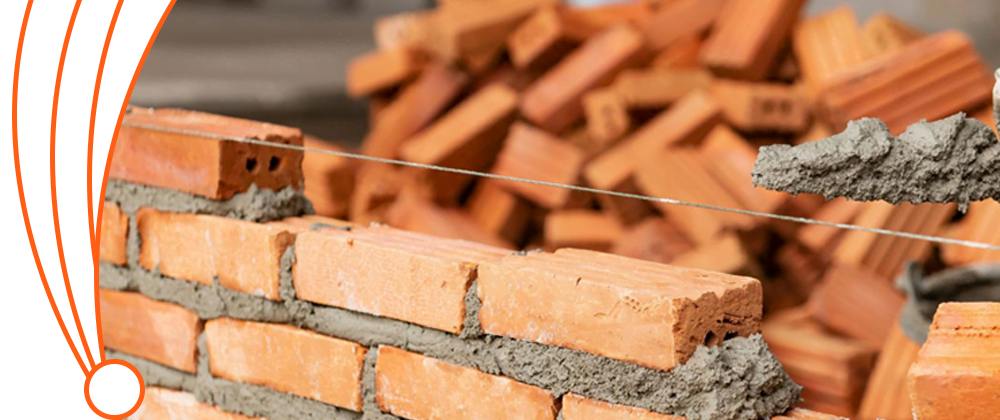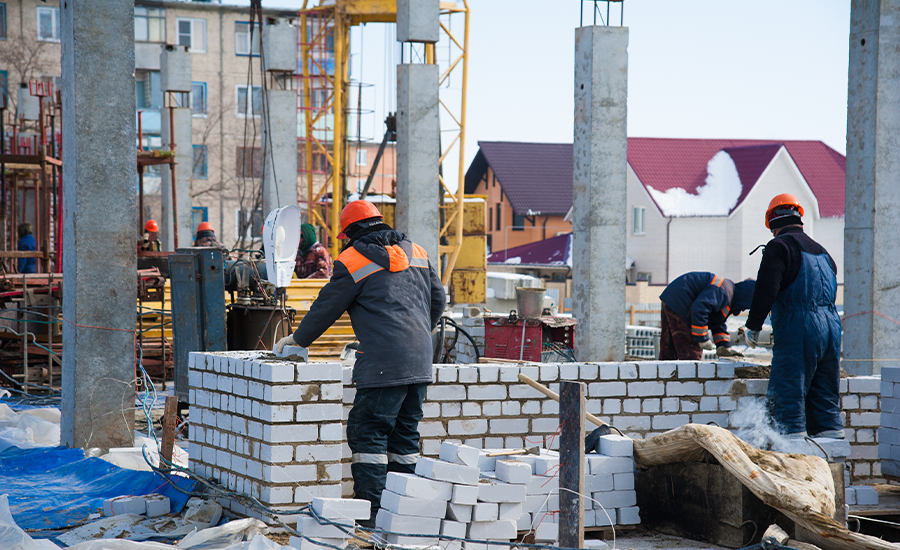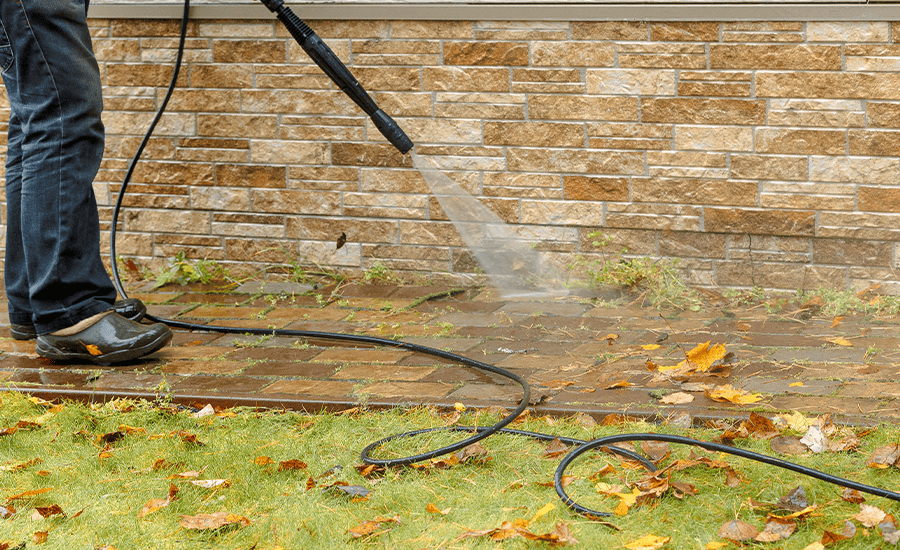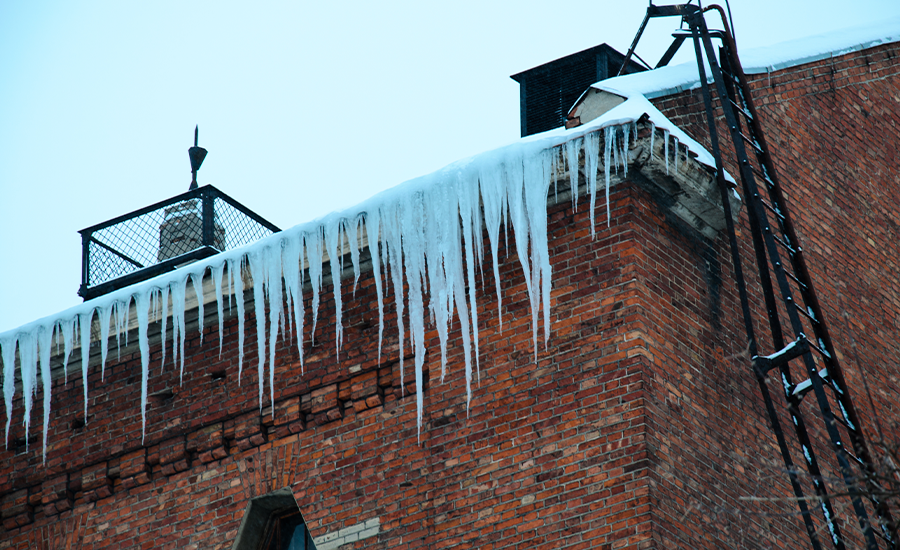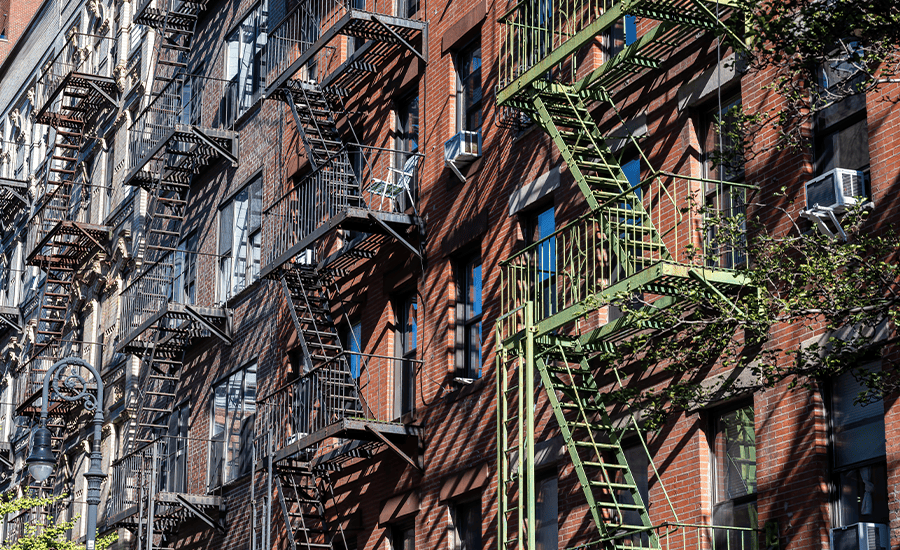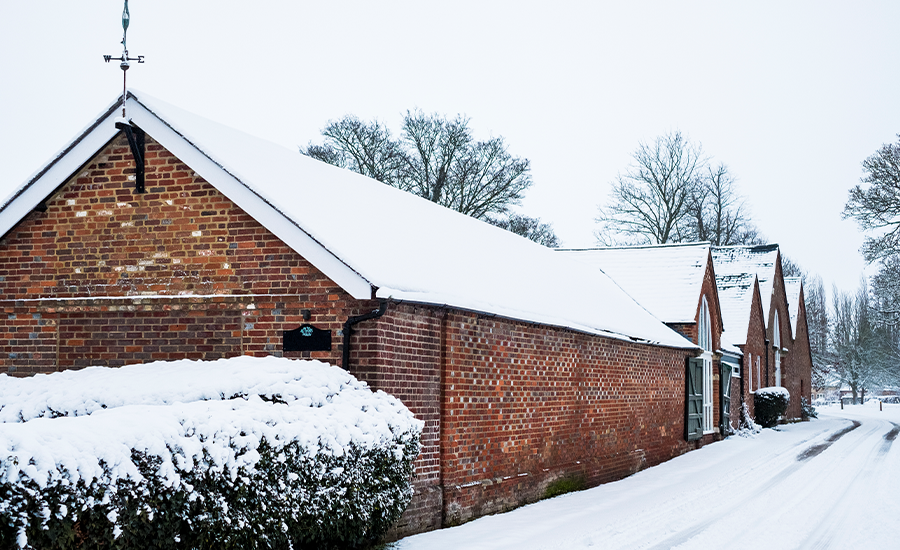As we all know, older buildings are made up of porous bricks, due to which the older buildings tend to absorb moisture in their masonry. Struck pointing is a time-tested mortar finishing technique admired for its functional benefits and heritage-friendly aesthetics. Struck pointing also acts as a protective barrier for your masonry; it shapes the mortar joints in a way that no water and unwanted residue can seep in. Like repointing, struck pointing also helps in masonry restorations, while it preserves the authenticity of historic structures.
Let’s explore the reasons that make the struck pointing popular for older buildings and what makes struck pointing stand out:
Understanding Struck Pointing
Struck pointing is the masonry restoration technique that involves shaping mortar joints so that the top edge is recessed and the bottom edge is flush or slightly projecting, creating a sloped profile that encourages water runoff.
Reasons That Make Struck Pointing Popular for Older Buildings
Struck pointing is not just about looks. Its design offers multiple advantages that match the specific needs of older brick structures. Below are the key reasons it continues to be a preferred choice for aging masonry.
Classic Visual Harmony
Older buildings often have intricate brick layouts that demand a joint style that complements the original craftsmanship.
- Enhances visual depth through shadow lines
- Highlights horizontal patterns in traditional brick bonds
- Preserves period-accurate aesthetic finishes
- Offers a crisp, clean, and classical look
- Does not overpower original textures or materials
Advanced Runoff Management
Water damage is one of the biggest threats to older masonry. Struck pointing minimizes this risk by helping water escape the wall surface quickly. Here are some of the benefits of its design on the water drainage system:
- It improves the water shedding
- It minimizes water saturation risk
- It protects from freeze-thaw damage
- It prevents water seepage
- It minimizes the risk of microbial growth
To understand how the slope in mortar joints works to manage moisture, read our detailed guide on struck pointing water drainage.
Mortar Integrated Performance
Many older buildings were originally built using lime-based mortars, which are breathable and flexible. Struck pointing pairs well with these properties.
- Allows trapped moisture to escape
- Prevents internal dampness
- Avoids incompatibility issues with modern cement
- Maintains the wall’s ability to move slightly with settling
- Supports sustainable and historically accurate restoration
Climate Enduring Durability
Struck pointing is a resilient joint type when applied correctly. It helps protect aged masonry from both weather and structural shifts. Struck pointing is best when it comes to enduring climate and harsh, fluctuating weather conditions:
- Its sloped-shaped joints reduce the moisture intrusion and improve water channeling
- It maintains the lasting visual appeal and structural integrity for decades, even with exposure to different weather conditions
- It reduces the risk of weight imbalance and wall movement

Maintenance Accessible
Older buildings require regular checkups. Struck Pointing’s crisp angles and defined joints make maintenance easier
- Easy to identify damaged or eroded areas
- Simple to clean without collecting heavy debris
- Spot repairs can be made without large-scale repointing
- Visible wear helps plan a timely restoration
Involves Precision Workmanship
Struck pointing is not a DIY technique. It needs experienced masons who understand heritage restoration and mortar behavior.
- Proper slope ensures water runoff, not pooling.
- Inconsistent joints can ruin the visual balance.
- Correct tools and pressure techniques are vital.
- Wrong materials can damage the surrounding bricks.
Eco-conscious Preservation
Instead of rebuilding or replacing bricks, struck pointing supports eco-friendly conservation by restoring what’s already there. Some of the environmentally conscious factors include:
- It uses compatible and non-invasive materials and mortar type.
- It stays away from unnecessary repairs and restorations.
- It reduces the waste elements and requires less construction disposal.
- It enhances the life span of your masonry.
What Makes Struck Pointing Stands Out
Struck pointing is ideal for older and historic buildings, playing a vital role in strengthening the masonry, which makes struck pointing stand out. It improves the aesthetics and retains the authenticity of the older buildings. It helps in proper water drainage, but using a compatible lime-based mortar is important. Struck pointing allows easy upkeep and monitoring of the masonry while it elevates the property value and environmental sustainability.
Struck pointing also contributes to visual harmony in restoration work, as explained in can weathered pointing enhance the aesthetic appeal of a building?.
Sardar Restoration Corp. proudly serves every corner of NYC, including the Bronx, Manhattan, Brooklyn, Westchester, and Queens. Our services are designed to meet your needs, providing top-quality solutions wherever you are. Check our service areas to see how we can assist you in your location.
Contact us today at (+1) 917-355-8556 or sardarrestoration@gmail.com, or visit us at 2770 Fish Ave, Bronx, NY 10469, United States.
FAQs
Do you offer structural pointing for historic or landmark buildings?
Yes! Sardar Restoration Corp. offers struck pointing services in historic homes using compatible, lime-based mortar that is compatible with historic buildings, thereby maintaining the authenticity and durability of the structure.
Do you remove old, damaged mortar before repointing?
Yes! Sardar Restoration Corp. expertly excavates the old and damaged mortar using the appropriate tools and smart techniques, without compromising the strength of the surrounding brickwork, before repointing it.
Can struck pointing help with water leakage or moisture issues?
Yes! Struck pointing is designed to direct water away from the wall, preventing moisture penetration in older buildings with porous bricks.
Is struck pointing environmentally friendly?
Yes! When done with lime mortar, struck pointing supports sustainability by reducing demolition waste, extending the life of existing materials, and allowing buildings to breathe naturally.
